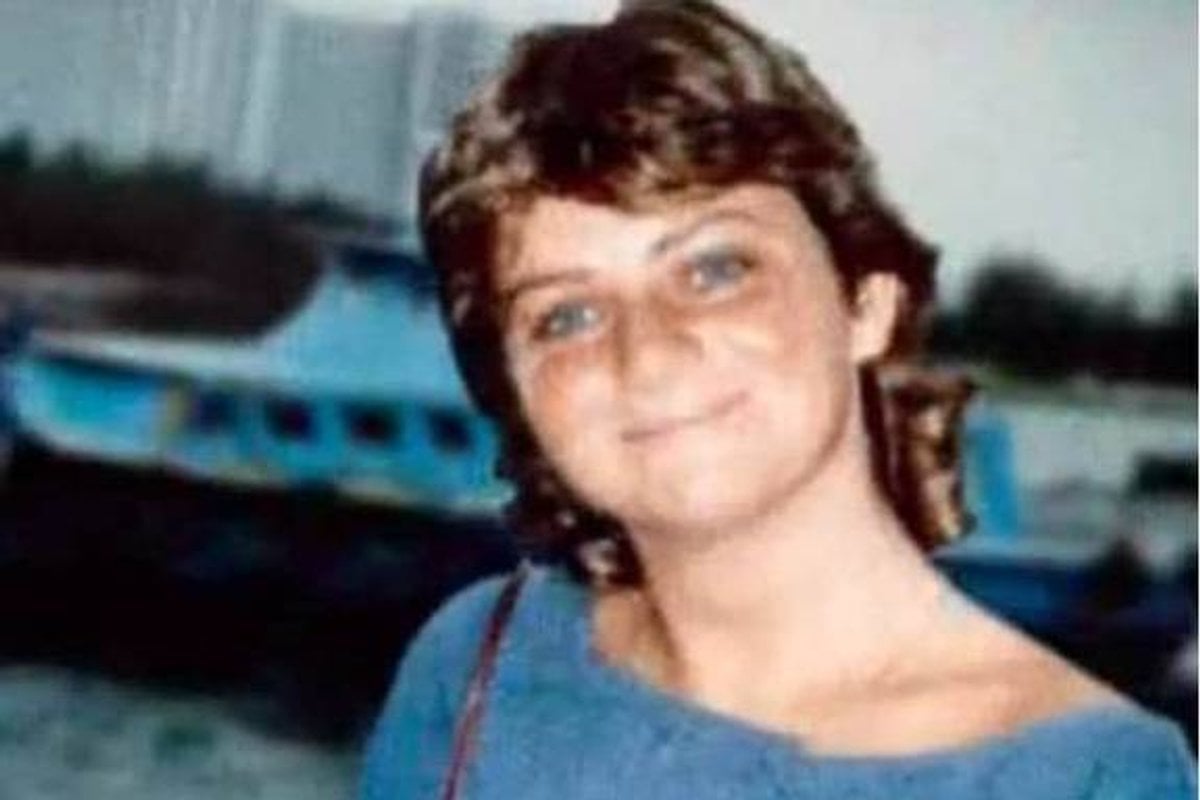
On the evening of September 22, 1986, Fergus Cameron and his wife, Vivienne, sat in their local hospital on Victoria's Phillip Island. Fergus was bleeding from wounds to his back and a cut to his ear.
The couple were well known in the 4,000-strong community. Fergus was a founding shareholder in the island's famous Grand Prix circuit, and his brother was a shire councillor.
That night, a nurse probed the couple about the cause of Fergus' injuries, but she felt that the pair were being cagey. She claims they mentioned something about the 36-year-old a falling through a plate-glass door.
Later, Fergus would tell police a vastly different version of events.
***
His wife, he said, had confronted him about his longstanding affair with Beth Barnard (pictured), a 23-year-old woman who used to work on their property as a farmhand.
As tensions escalated, Fergus told police, Vivienne grabbed a wine glass and attacked him, striking him on the side of the head and on his back.
After seeking treatment at the hospital, the couple returned home around midnight. Vivienne then dropped him to his sister's place in their Land Cruiser, and around 3am phoned a friend to collect their two children. She told them she needed to take her husband to the hospital; a trip that that had occurred hours earlier.
By the time the Phillip Island community woke that morning, Vivienne was nowhere to be found. And Beth Barnard was dead.
The wine glass, the handbag and other curious questions.
Beth Barnard's injuries were some of most gruesome police had encountered.
She lay in her bed, covered by doona that masked the worst of them.

Top Comments